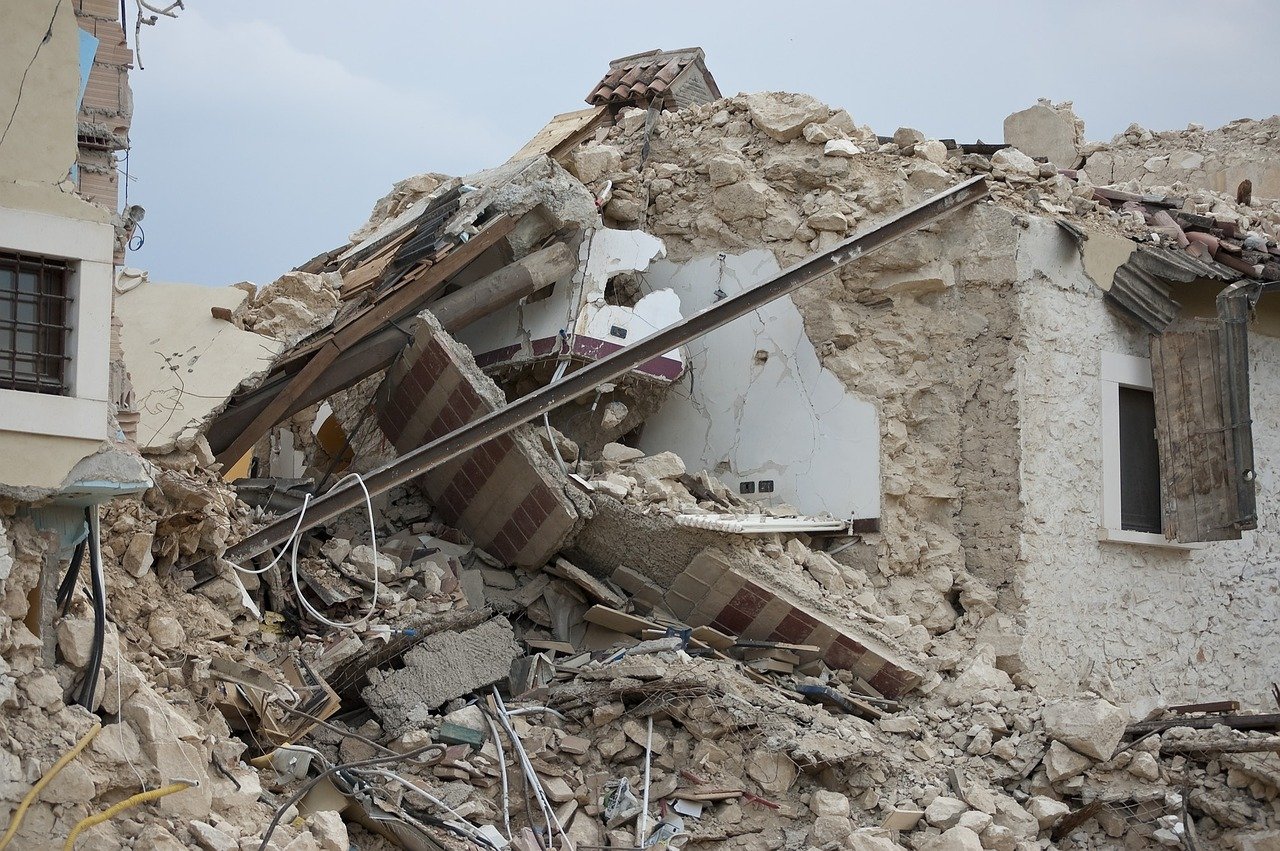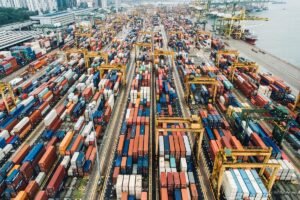PM Ishiba Pledges Swift Reconstruction on Noto Quake Anniversary
- Japan marked the first anniversary of the Noto Peninsula earthquake, a disaster that claimed 500 lives and left a lasting impact.
- Prime Minister Shigeru Ishiba acknowledged the challenges ahead and expressed his intention to revise laws concerning disaster relief.
- The earthquake caused over 150,000 houses to collapse across Ishikawa, Niigata, Toyama, and Fukui prefectures.
- As Japan marks one year since the disaster, the focus remains on recovery and rebuilding, a process that is expected to continue for some time.
Japan marked the first anniversary of the devastating Noto Peninsula earthquake on Wednesday, a disaster that claimed at least 500 lives and left a lasting impact on the region. The powerful quake, which struck central Japan, resulted in significant casualties, including those who succumbed to health issues in the aftermath. The recovery process remains ongoing, particularly in the hardest-hit areas.
As of late December, approximately 21,000 residents in Ishikawa Prefecture, which faces the Sea of Japan, were still displaced or living in temporary housing. Infrastructure restoration and the demolition of collapsed homes are yet to be completed. The Ishikawa prefectural government held a ceremony in Wajima, one of the areas most affected by the earthquake, to offer condolences to the victims and pledge efforts toward reconstruction.
Prime Minister Shigeru Ishiba, speaking at the event, acknowledged the challenges that lie ahead. There are many challenges left. To accomplish restoration and reconstruction efforts as soon as possible is the way to comfort the souls of the victims, he said.
The Aftermath and Recovery Efforts
Ishiba expressed his intention to revise laws concerning disaster relief and countermeasures to strengthen social welfare and promote government-private cooperation in devastated regions. The magnitude-7.6 quake occurred on New Year’s Day last year, and the region was also hit by torrential rains in September, which hindered post-quake recovery efforts and increased the number of evacuees.
Residents gathered to watch the year’s first sunrise early Wednesday on the coast near Mitsuke Island, a scenic, uninhabited rock island in Suzu that suffered a major landslide during the earthquake. Sumiko Ikezaki, a 74-year-old resident living in temporary housing, expressed her hopes for the new year. It was a tough year, but it cheers me up to see the sun even a little bit, she said. I hope that this year is a good one, I hope that there will be no earthquakes.
The earthquake caused more than 150,000 houses to fully or partially collapse across Ishikawa, Niigata, Toyama, and Fukui prefectures. All temporary housing for those affected was completed on Dec. 23 in Ishikawa Prefecture, but this was four months behind the initial schedule due to increased demand and delays caused by the September rains, the local government said.
The Impact on Local Economy and Infrastructure
The Ishikawa prefectural government has established 6,882 makeshift homes across 10 municipalities, housing 12,092 people. Of these, 64 percent reside in the cities of Wajima and Suzu. The local economy of the region, known as a popular tourist destination for fresh seafood, hot spring spas, and traditional artworks, including lacquerware, has also suffered. A historical marketplace in Wajima was devastated by a fire that destroyed around 240 buildings.
A total of 88 hotels and Japanese-style inns, or ryokan, in Ishikawa, were partially or fully collapsed, while 100 sightseeing facilities were damaged in Ishikawa, Toyama, and Niigata prefectures, according to the Ministry of Land, Infrastructure, Transport, and Tourism. The death toll is expected to rise further, with around 200 cases awaiting review for recognition as quake-related deaths, according to relevant municipalities.
Some fatalities were also attributed to limited access to electricity and water, as well as disruptions to services at medical institutions, according to local authorities. The earthquake and its aftermath have left a profound impact on the region and its people.
As Japan marks one year since the disaster, the focus remains on recovery and rebuilding, a process that is expected to continue for some time. The resilience of the people, however, shines through, as they remain hopeful and determined to rebuild their lives and their communities. The journey to recovery is long and arduous, but with the collective efforts of the government, private sector, and the community, there is hope for a brighter future.














Post Comment